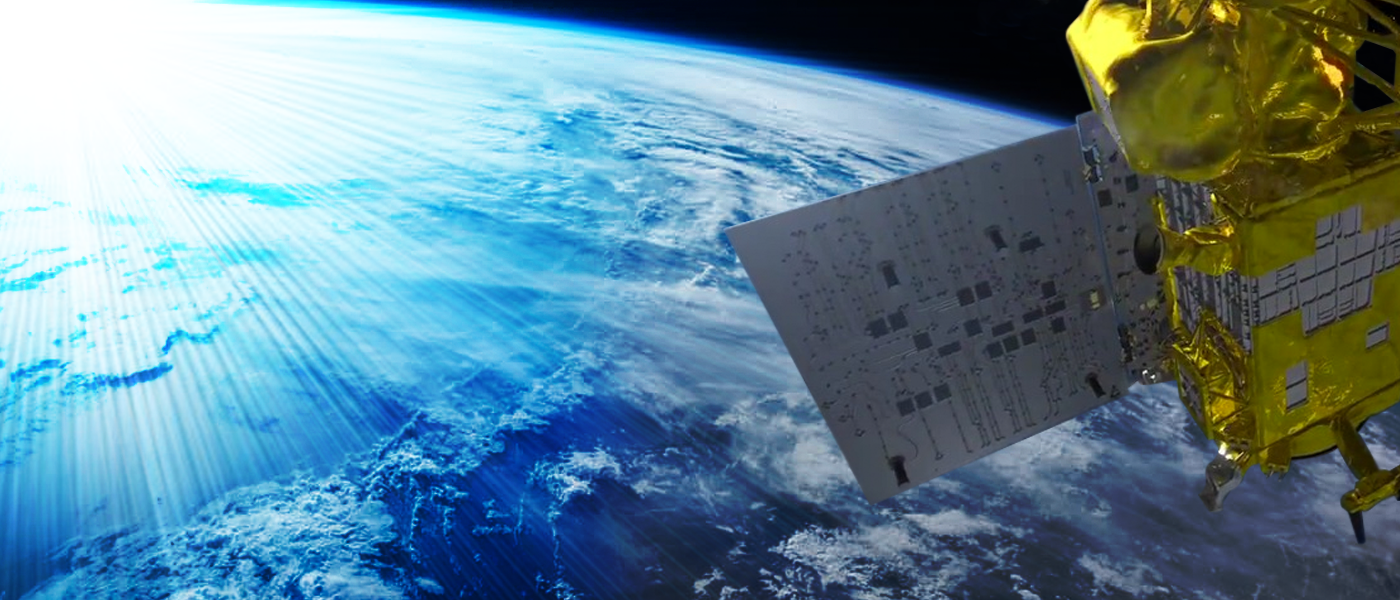Curious Space Oddities
Fast Radio Bursts (FRB) are astrophysical phenomena that manifest through millisecond-fast radio chirps that occur randomly. As of now, only 18 have been picked up, and scientists aren't sure what causes them. Some theorists claim they are caused by collisions between two aging stars, while others assert they come from younger, fast-spinning neutron stars called pulsars.
A new discovery published in The Astrophysical Journal Letters might narrow down these causes even further. The paper reports on the discovery of gamma waves that accompanied FRB 131104, named after the date of its discovery — November 4, 2013. The waves were found using data gathered by NASA's Swift, a satellite designed to detect gamma ray bursts. This is the first time high energy photons were observed in the same location as the FRBs. If both the gamma ray and the radio waves did come from the same place, this could mean that the source is 1 billion times as energetic as previously thought.
Challenging Assumptions
This discovery could help pinpoint the origins of FRBs. If the gamma rays and the radio waves did come from the same location, the pulsar explanation can be ruled out since they are not known to produce gamma waves. Instead, collisions between two neutron stars, or between a neutron star and a black hole, look promising, says Derek Fox, an astrophysicist at Penn State and a coauthor of the study
However, this discovery is just one of many FRBs. Scientists speculate there are more FRBs happening now that are not detected by our instruments. However, it is possible that some FRBs are accompanied by gamma rays, while others could be produced alone. Jason Hessels, an astrophysicist at the Netherlands Institute for Radio Astronomy in Dwingeloo shares the sentiment about that theory: “It’s tantalizing, but a lot more would need to be found to be convincing.”
Still, thanks to new detection instruments like the Swift satellite, we are inching closer to fully understanding the universe. It is in these new tools that we are challenging established assumptions and gaining new insights, in this world and beyond.
Share This Article
